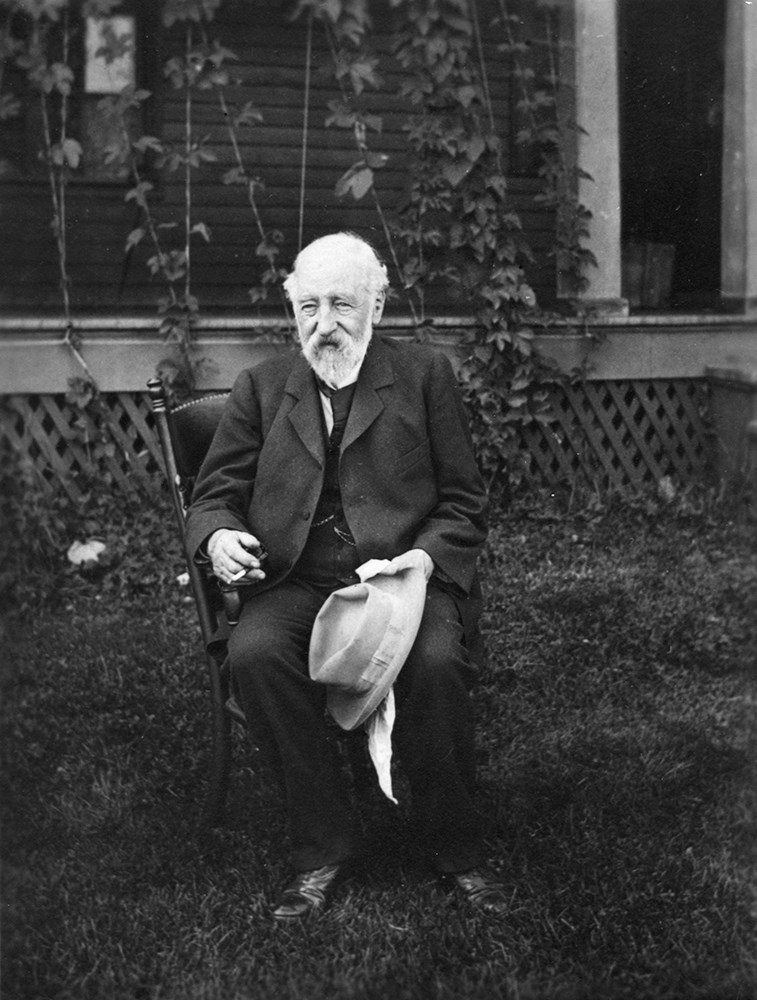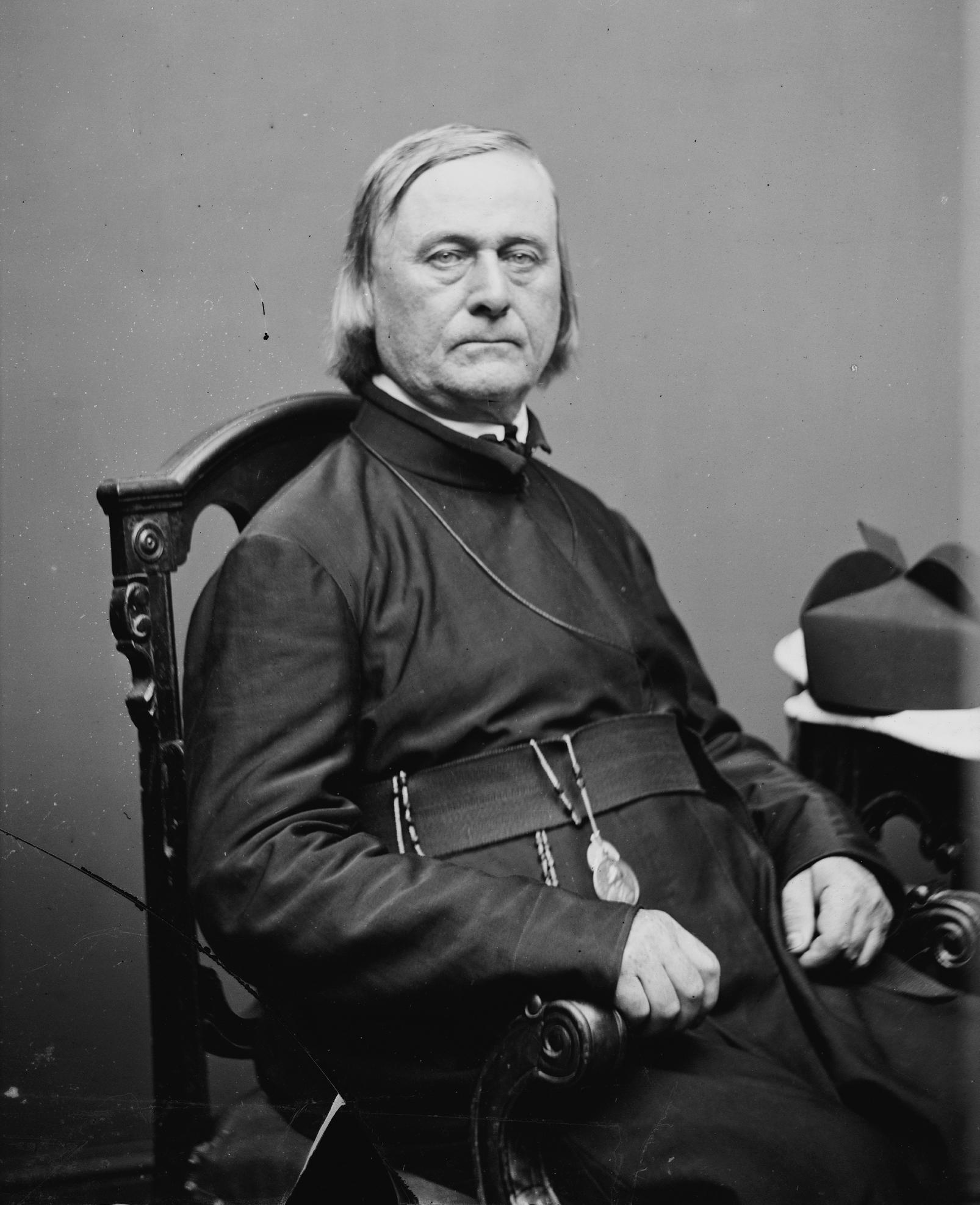A tributary of the Raush River leads to a “Pass to Swamp River”
Not currently an official name.
Survey of Telegraph Creek and upper part of Shuswap River
Not currently an official name.
The Front Ranges are a group of mountain ranges in the Canadian Rockies of eastern British Columbia and western Alberta, Canada. It is lowest and the easternmost of the three main subranges of the Continental Ranges, located east of the Bull and Elk rivers and a fault line extending northwest of West Elk Pass to McGregor Pass [1].
The Continental Ranges are a major grouping of mountain ranges in the Rocky Mountains primarily located in the Canadian Rockies of eastern British Columbia and western Alberta, with small portions extending into the U.S. states of Idaho and Montana. It is a physiographic designation primarily geologists and is not used by the general public; it is not recognized in Alberta, and does not appear on topographic maps, although the names of its subranges (the Kootenay, Front, and the Park or Main Ranges) are in common use. It is the largest and best-known of the Canadian Rockies’ three main subdivisions (the others being the Hart and Muskwa Ranges) [2].
Named for Gabriel Franchère [1786–1863].
A French Canadian author and explorer of the Pacific Northwest, Franchère joined the Pacific Fur Company as a merchant apprentice, arriving at Fort Astoria on the Tonquin. After Astoria was sold to the North West Company, Franchère returned to Montréal overland in 1814, crossing the Athabasca Pass on May 14. He was employed for a time by John Jacob Astor in Montréal. He wrote Narrative of a Voyage to the Northwest Coast of America, published in 1819:
On the morning of the 14th of May we began to climb the mountain, which is very steep. Fortunately the preceding night had been cold and the snow was frozen hard enough to carry our weight. We had to rest every few minutes, the climb being very difficult and the exercise exhausting. Finally after two or three hours of unbelievable effort and fatigue we reached the summit and followed in the footprints of those who had gone before us. Our route lay between two high mountains and soon became tiring because of the depth of the snow, which being softened by the sun’s rays, could no longer bear our weight as it had done in the morning, so that we had to walk in the footsteps of those ahead of us, sinking up to our knees as if putting on an enormous pair of boots at each step. At last we came to a hollow that our guide said was a small lake, though we could not recognize it as it was covered in snow, and we stopped there for the night. These lakes (for there are two) are situated at the summit of the face of the mountain [1].
(The lakes are the Committee Punch Bowl.)
In the photo it’s identified as “Tau Peak,” and Walcott also refers to “Tau Pass.”
The mountain does not have an official name.
Hardisty was a Chief Trader with the Hudson’s Bay Company [founded 1670], in charge of Fort Charleton, Saskatchewan, in 1857-1858. He was Chief Factor in charge of the Edmonton district for many years after that. He was called to the Senate of Canada 23 February 1888, and died in Winnipeg the following year.

Sir James Hector at Revelstoke in 1903 Whyte Museum of the Canadian Rockies
Hector made many important observations regarding the geology and ethnology of the Canadian West and Rocky Mountains. He was appointed geologist to the Provincial Government of Otago, New Zealand in 1861 and Director of the Geological Survey of New Zealand from 1865-1903. He returned to Canada in 1904 to visit some of his previous exploration grounds. This mountain was named in 1884 by George Dawson [1849–1901] of the Geological Survey of Canada.
Moberly entered the service of the Hudson’s Bay Company [founded 1670] in 1854 as a clerk. He served as Chief Factor of the once-abandoned Jasper House post from 1855 to 1861. Moberly set out for Jasper from Edmonton in the fall of 1858. He was guided by Andre Cardinal and six young Iroquois who handled 40 head of horses. Moberly developed an excellent relationship with the Iroquois who lived in the Smoky River and Kakwa River valleys. He spent much of his time hunting as far afield as the present-day town of Grande Cache.
Moberly married Suzanne Kwarakwante (Cardinal) who was the daughter of Louis Kwarakwante, an Iroquois and freeman from the fur trade. The couple had two sons by the names of Ewan, b. 1860, and John, b. 1861. Although Henry and Suzanne were officially married at Lac Ste. Anne in 1861, Moberly left her for another position, and she evidently returned to Jasper to live. Suzanne raised her sons in the Athabasca Valley. She died in 1905 and was buried on her son Ewan’s farm near the present town of Jasper.
He served the HBC until 1894 when, as a factor, he retired and settled in Saskatchewan. Moberly had intervals when he was a free trader. His biography, entitled When Fur Was King (1929) is an amalgamation of several articles about life in the fur trade that he wrote for The Beaver, a magazine founded in 1920 by the HBC.
Moberly’s Métis offspring John, Ewan, and grandsons Adolphus [1887–] and William (Bill) were four of the seven families that were affected by the creation of the “Jasper Forest Park.” An Order in Council was passed in September 1907 by the Canadian Federal Government to create this national park. This secretly passed legislation had long lasting implications for the seven Métis families because the Canadian Government did not want to have privately-owned land within the national park boundaries.
Includes:
Roche De Smett
Mount Cumnock
Mount Bistre
Mount Greenock

The Reverend Pierre-Jean De Smet. c. 1860-65, by Mathew Brady Wikipedia
The De Smet Range is a mountain range of the Canadian Rockies located northwest of Highway 16 and Jasper Lake in Jasper National Park. The range is named after its highest point Roche de Smet, which in turn was named by Iroquois working in the fur trade industry. The Iroquois named the peak after Pierre-Jean De Smet [1801–1873], a Belgian missionary who had worked with the indigenous peoples in the 1840s in Rupert’s Land, the North-Western Territory, the Oregon Country and the United States.